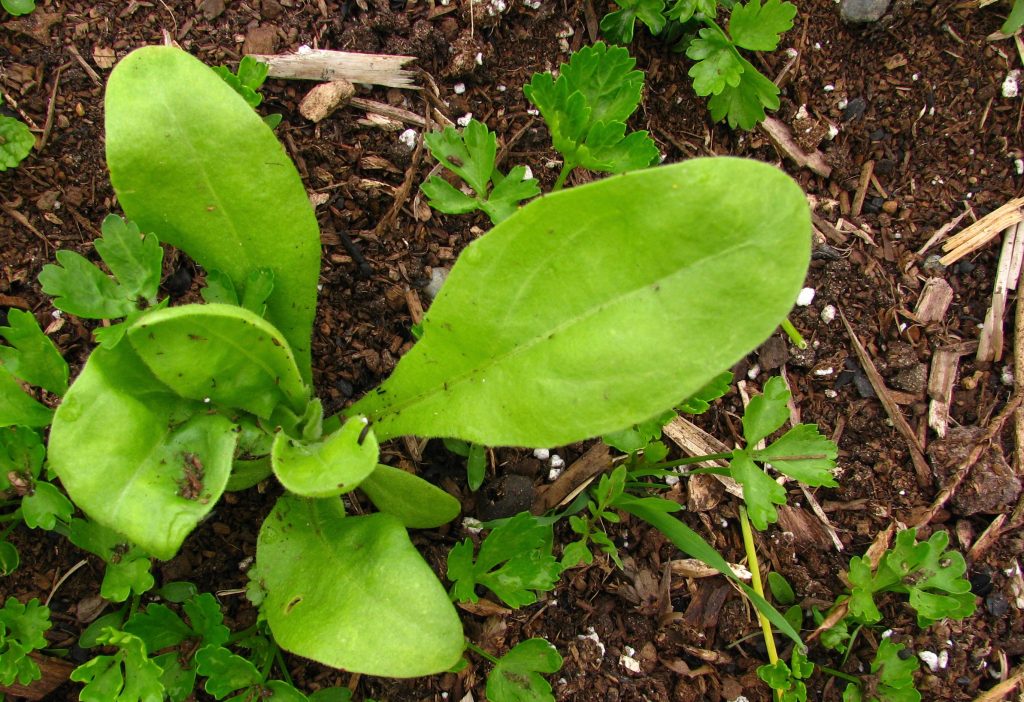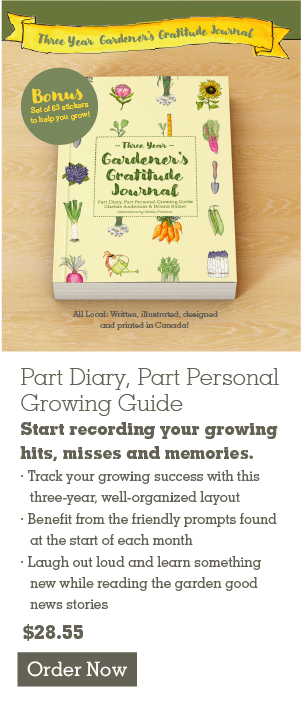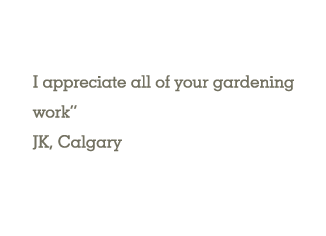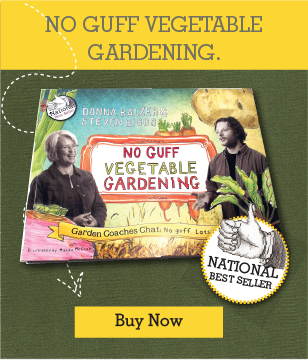
I help gardeners grow
& beginners blossom.
No seed left behind,
no soil unturned.
Together we can have lots of fun growing
great gardens using simple practical tips.
- Featured in -





Start saving & storing your garden seeds for a more more sustainable future
SIGN UP to get the FREE Seed packet PDF
X CLOSE

Something Pretty – And Pretty Good For Your
I was tempted to spend the big bucks when my aesthetician told me about the wonders of Calendula serum. I mean, who doesn’t want younger looking skin? But the cost of the teeny tiny 1.2 ounce bottle of Calendula serum for my dry face was $120.00.
So instead of spending I decided maybe I should start using my own calendula flowers that literally grow as annual weeds in my garden. I planted them once and these hardy annuals pop up every spring in every crack and cranny.

Calendula is a fast-growing annual flower and will readily reseed in your garden. This seedling is in my vegetable garden!

Linda Miller is the College Director at the Western College Of Homeopathic Medicine and now, by default, a consultant to Donna Balzer and my followers!
Have you heard about healing herbs but never known how or where to use them? Linda Miller, who gets paid to teach about these kinds of things as the College Director of the Western College of Homeopathic Medicine (WCHM.ca), was taking a class I was teaching with Grow Food Calgary (Growfoodcalgary.com) and saw me giving away calendula seed. When I told her my plan was to get people growing their own summer flowers to eventually make their own skin care potions she immediately offered to help.
“Calendula is used both in potency (a series of dilutions) and also in tinctures or infusions” said Linda. I was slow to comprehend and didn’t know the lingo so she had to teach me like a baby:
An Infusion? “It is pretty simple”, says Linda. “It is basically making tea. For a standard strength, I use one ounce of fresh petals, approximately 3 handfuls, in 500 ml. of boiling water, or two teaspoons of dried calendula flowers in 500 ml. of boiling water. Allow to steep until cool. Infusions can be kept in the fridge for 24-48 hours.
Tincture?
If you want to add your Calendula to oil, as I did, Linda suggested making a tincture first. Do this by putting the fresh or dry herb into alcohol and allowing it to sit there for two weeks. Linda says to use 1 part dry flower petals to 5 parts alcohol. Or, if using fresh flowers, use 3 parts fresh petals to 5 parts alcohol (or use apple cider vinegar if you don’t have vodka or home-made spirits in the house.)
Allow the mixture of petals and alcohol to sit in a warm place (not the fridge! warns Linda) for 14 days. Shake the bottle 2 times a day every day before straining the tincture after two weeks. A tincture will last forever.
How to Use Preparations:
Linda says a tincture is most useful if you are going to add it to oil and make your own ointments but of course infusions are a lot simpler for topical use on wounds, scrapes and irritations. You can also add 2-3 drops of a tincture to your favourite creams, moisturizers, shampoos or conditioners in the palm of your hand just as you are using them.
For facial ointments a tincture can be added to oil at a ratio of 1:20. (Linda says that translates into ½ cup oil to 91 drops of Calendula tincture.) Any oil will work but Linda likes using a high quality olive oil , almond oil or rose hip oil. (I noticed the commercially packaged Calendula serum I almost bought included corn oil and wondered what Linda would have thought of that?)

Calendulas are easy to grow from seed and they are good for you and good for the garden. They also feed the bees.
Other Uses for Calendula:
Once you are growing this plant you are going to have a lot of it so Linda, who says it is a medicine, suggests you explore the many ways to use calendula. “One of the best ways to use it is to dilute it in water. Wash the site of any wound with a 1:20 dilution of the tincture because calendula is an antiseptic wash. It can also be used as an oral rinse at a similar ratio. “It is great for washing wounds and great for healing.”
Linda Miller usually gets paid to teach and luckily for me her motto is to “empower students and patients.” And even though Linda was my student instead of the other way around she offered to help me, and by default all my readers. So if you grow weedy plants like calendula in your garden that you want to make into potions for your face and skin, you now have the knowledge.
Growing flowers with a purpose, to improve health and boost wealth. What could be better? P.S. Linda teaches and works as a homeopath in Calgary and can be found online at lindamiller.ca.
Grow Your Own Healing Herbs:
If you want to and haven’t yet grown Calendula (also called Pot Marigold) you can buy seed and scatter it on the ground right away. It is an easy plant to grow and it isn’t fussy about location or soil type.
Essentially you can grow calendula by seeding it directly into the garden this weekend or until later June without the cost of buying a plant, so I gave all the Grow Food Calgary class participants seed I had brought from Qualicum Beach and suggested they plant it in their vegetable or flower gardens. It’s an easy one: as simple as sprinkling seed into an unplanted area and raking the seed lightly into the soil and watering it.
Calendula sprouts quickly and blooms by early summer and the more you pick it, the more it blooms.
Oh and if you were thinking about other healing weeds, consider saving nettle leaves for an infusion or tincture. “Nettle tea is amazing, a high source of Calcium, and not bad tasting,” says Linda, who saw her shingles disappear this winter after only two weeks of homeopathic solutions. If nothing else, this little lesson in Homeopathy will give you a new awareness and understanding of the plants we grow. I love food for sure but we call all grow more than lunch. We can grow a bonus for our health and beauty as well!

Victoria Sunset Calendula is one of many named varieties. Calendula colours range from pure yellow to pure orange to flowers with darker red tips. All varieties are great in every garden space.
What Would Donna Do?
Get my growing and gardening tips and pointers throughout the season.
















And I am benefiting already with my homemade calendula oils and creams!
You are welcome. Feel free to share your best calendula recipes here too!
Such a pretty abundant healing plant! Great tips. Thank you!